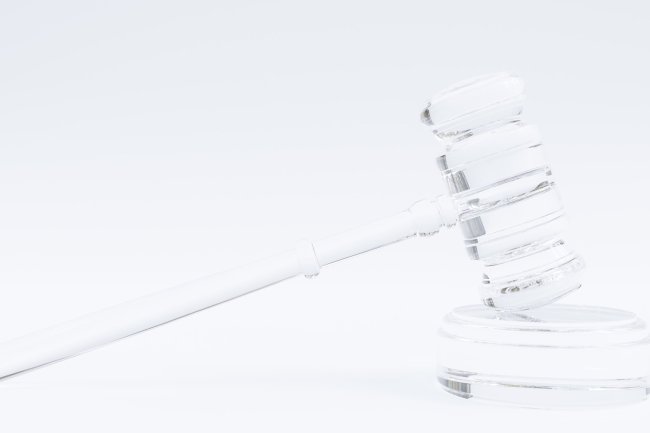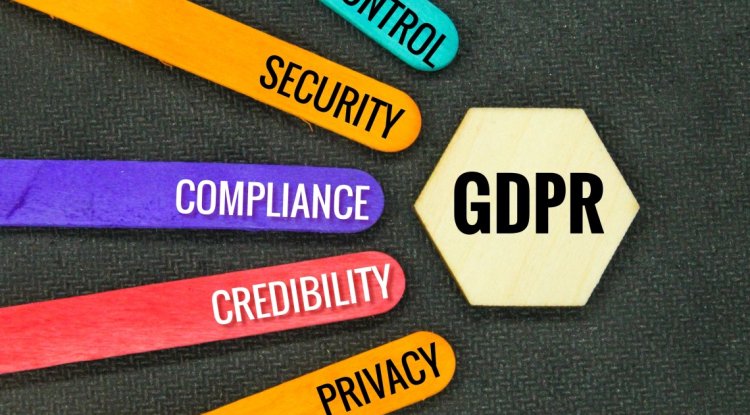Responsible Data Sharing: How to Communicate Data Usage to Users
Explore effective strategies for responsible data sharing and transparently communicating data usage to users, building trust and safeguarding privacy.

In the rapidly evolving digital landscape, data has become an invaluable asset for businesses, enabling them to make informed decisions, personalize user experiences, and drive growth. However, the responsible use of data is paramount to maintaining user trust and safeguarding their privacy. As businesses gather and process increasing amounts of user data, the importance of transparently communicating data usage to users cannot be overstated.
Introduction
In an era marked by heightened concerns about data privacy, it's essential for organizations to adopt responsible practices when handling user data. Transparent communication regarding how data is collected, processed, and shared can help build and maintain user trust. This article explores effective strategies for communicating data usage to users, ensuring responsible data sharing practices.
Why Responsible Data Sharing Matters
Responsible data sharing goes beyond legal requirements; it's about demonstrating ethical behavior and respect for user privacy. When users understand how their data will be used and shared, they are more likely to engage with an organization's services and products. Moreover, responsible data sharing can help mitigate the risk of data breaches and regulatory fines.
Key Strategies for Communicating Data Usage
-
Clear Privacy Policies: Develop easily understandable privacy policies that outline the types of data collected, the purpose of collection, and how the data will be utilized. Use plain language and avoid legal jargon to ensure users can comprehend the information.
-
Granular Consent: Implement granular consent mechanisms, allowing users to choose the specific types of data they are comfortable sharing and the purposes for which their data will be used.
-
User-Friendly Notifications: Send timely notifications to users about data collection and usage changes. These notifications should be concise, informative, and accessible across devices.
-
Interactive Dashboards: Provide users with interactive dashboards that allow them to monitor and control their data preferences in real time. This empowers users to make informed decisions about their data.
-
Educational Content: Create educational content, such as blog posts, videos, or infographics, to explain complex data usage concepts and highlight the measures taken to protect user privacy.
Case Study: Enhancing User Trust Through Transparent Data Sharing
Imagine an e-commerce platform that wants to enhance user trust by transparently communicating data usage. They revamp their privacy policy, simplifying language and adding visual aids to explain data processing. They also introduce a user-friendly dashboard where customers can manage their data settings. As a result, customer engagement increases, and the platform experiences a decrease in user data requests and complaints.
Conclusion
Responsible data sharing is a fundamental aspect of maintaining user trust in the digital age. By adopting transparent communication practices, organizations can demonstrate their commitment to protecting user privacy while harnessing the benefits of data-driven insights. Implementing clear privacy policies, obtaining granular consent, and providing user-friendly tools for data management are crucial steps toward achieving responsible data sharing.
About Myself
I am Raghav Chugh, a seasoned professional with extensive experience in digital marketing and technology. With a background spanning over 8 years in campaigns planning and execution, 12+ years in building automation tools, and proficiency in various technical domains, including server management, virtualization, and package configuration, I bring a comprehensive skill set to every project. My expertise in data privacy and security aligns with the responsible data sharing practices discussed in this article. Connect with me on LinkedIn for further insights into my professional journey.
What's Your Reaction?




















